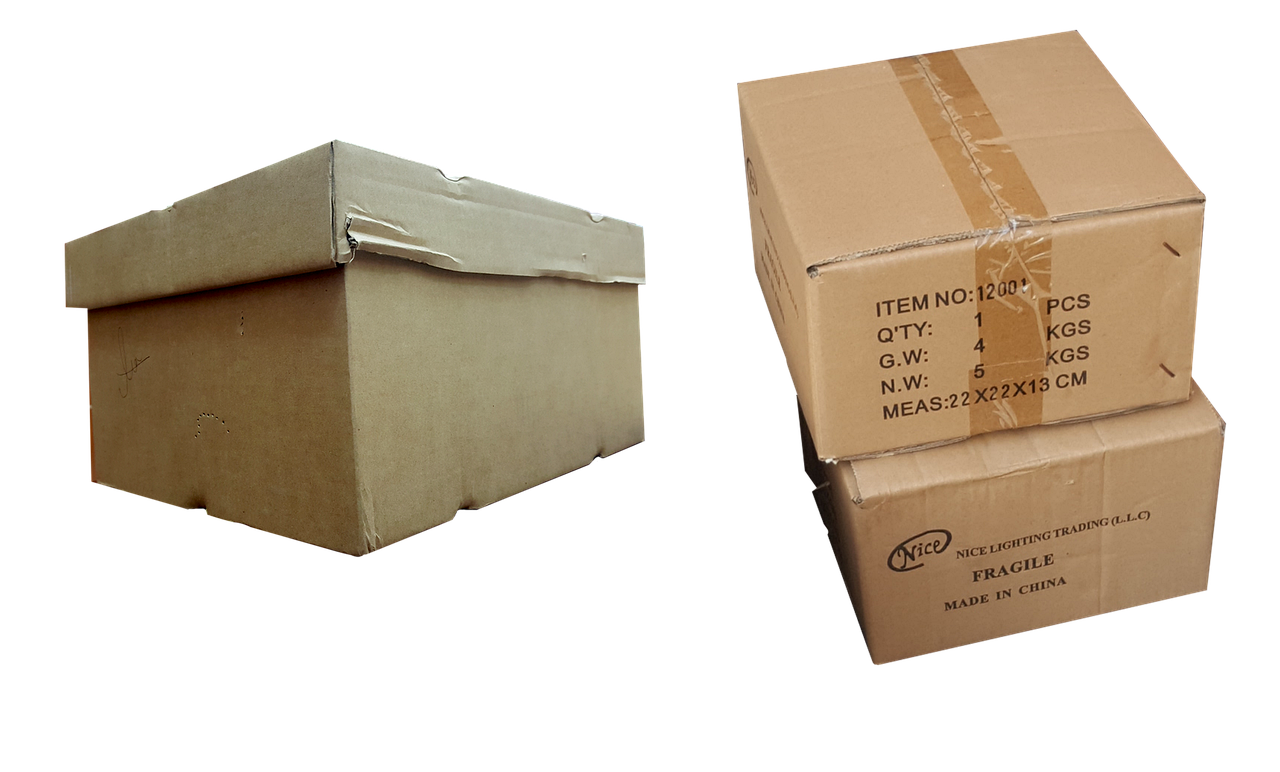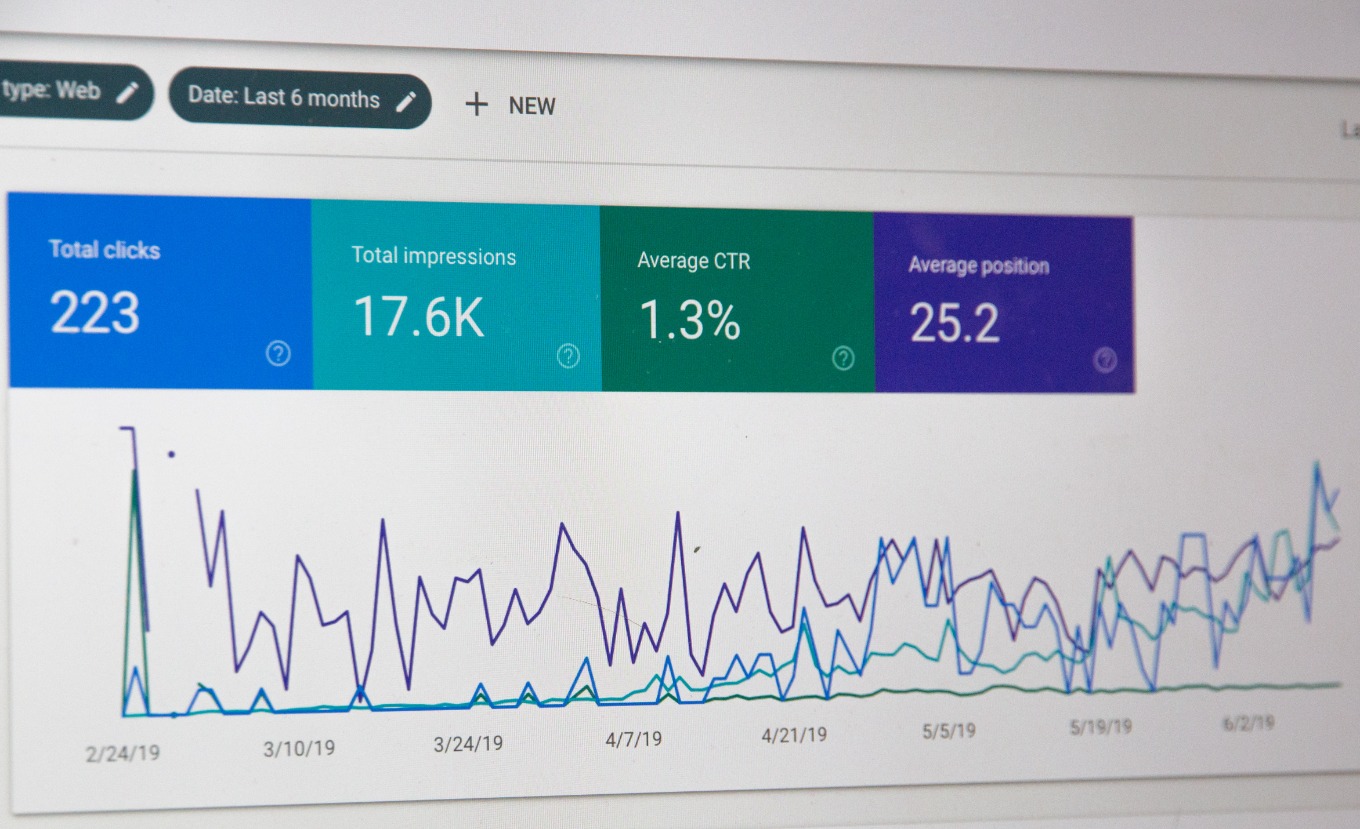7 Things I Wish I'd Known About Move Management Software Before Implementing It
In the realm of move management, the adage of "forewarned is forearmed" rings particularly true. It is a field replete with complex logistics, demanding a level of planning and organization that is both intricate and dynamic. Enter Move Management Software (MMS), a digital solution designed to streamline this intricate process. However, as with any technological adoption, the path is riddled with learning curves, potential pitfalls, and moments of revelation. Here are seven insights that I wish I had been cognizant of prior to implementing MMS.
Firstly, the relevance of integrative capability cannot be overstated. MMS does not exist in a vacuum; it operates within the wider ecosystem of your business software. The ability of your chosen MMS to integrate with existing Customer Relationship Management (CRM) and Enterprise Resource Planning (ERP) systems is paramount. This ensures fluid information flow, reducing data redundancy, and enhancing overall efficiency. However, this interoperability can often be hindered by proprietary software restrictions, necessitating careful preliminary evaluations.
The second revelation pertains to customization and scalability. Each organization has a unique set of needs and the MMS should be flexible enough to adapt to these requirements. Off-the-shelf solutions may seem economically attractive, but their rigidity could impede long-term business growth. A scalable MMS, on the other hand, allows for expansions and contractions in line with business needs, providing a higher return on investment in the long term.
Thirdly, understand the importance of User Experience (UX). Although the complexity of move management might warrant an equally complex software solution, it should not be at the expense of user experience. A system that is intuitive and user-friendly translates into quicker staff onboarding, higher productivity, and reduced resistance to the new system.
Fourthly, it is crucial to recognize the importance of data analytics. MMS serves as a repository for valuable data, which when harnessed correctly, can provide actionable insights to improve the move management process. This can range from identifying bottlenecks in operations to predicting future trends based on historical data.
The fifth point of enlightenment is the criticality of vendor support. The implementation of MMS is not a one-off process. It requires ongoing support for troubleshooting, updates, and training. A supportive vendor considerably eases this journey, thus, evaluation of vendor commitment should be an integral part of the software selection process.
On the sixth note, the value of cloud-based MMS should not be underestimated. While on-premise solutions might offer a sense of control, cloud-based software provides scalability, remote accessibility, and reduced IT overheads. However, the tradeoff lies in potential data security concerns, which necessitate a rigorous assessment of the vendor's security protocols.
Lastly, the seventh and perhaps most crucial lesson, is the necessity for change management. The implementation of MMS is not merely a technological shift, but a change in organizational processes and workflows. The human element of this change is often the toughest to manage. Therefore, effective communication, training, and a gradual transition can significantly ease the adaptation process.
In conclusion, the implementation of Move Management Software can be a game-changer for organizations involved in move management. However, the path to successful adoption is paved with lessons often learned the hard way. By considering these insights prior to implementation, the journey can be considerably smoother, leading to a more efficient and productive move management process.
Here are seven insights that I wish I had been cognizant of prior to implementing Move Management Software (MMS).






